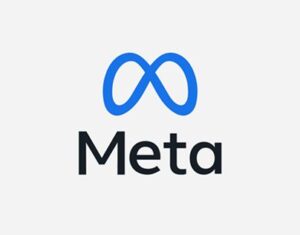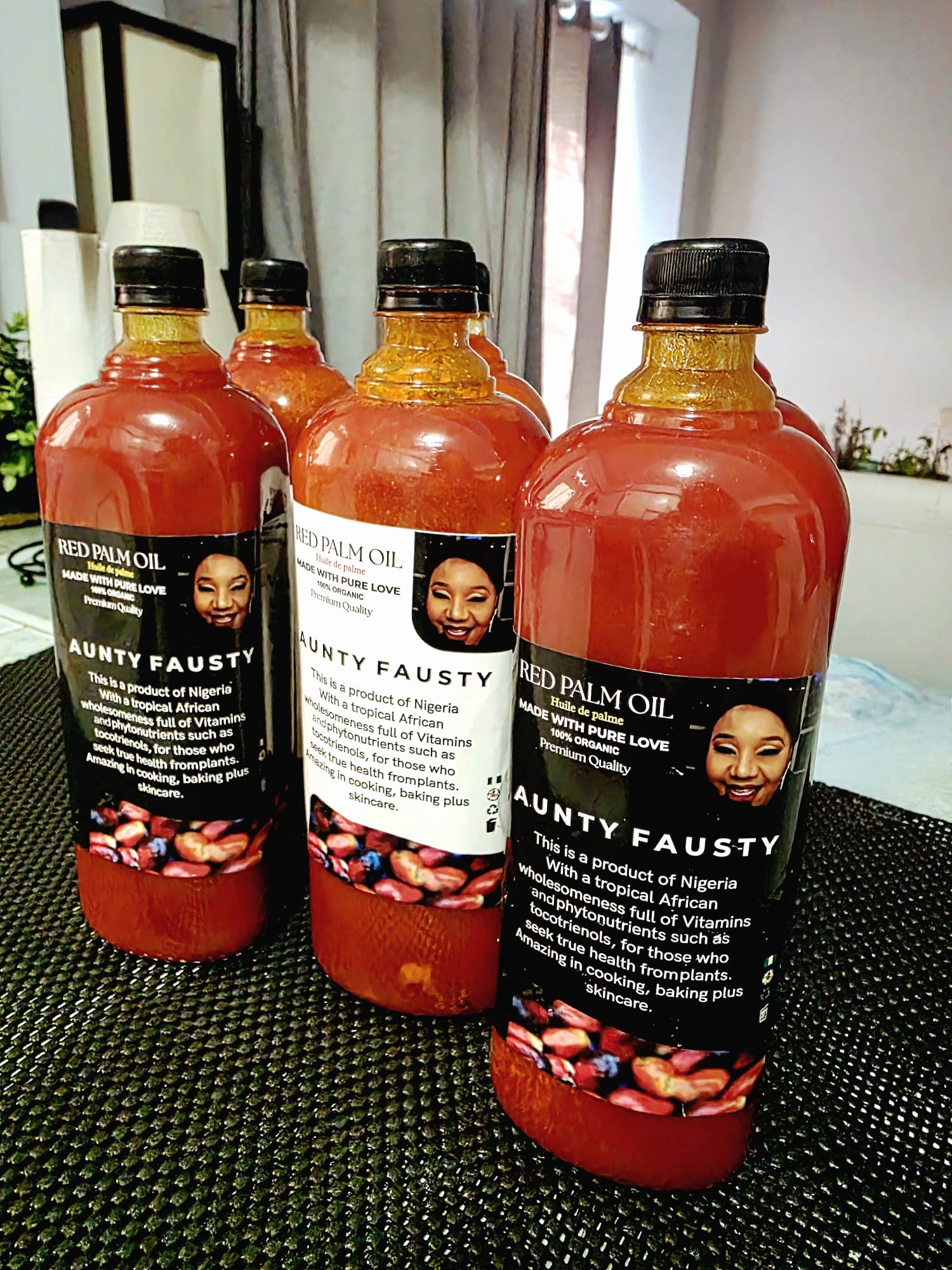Meta’s Bold Move: £3.99/Month to Remove Ads on Facebook & Instagram in the UK
Meta (the parent company of Facebook and Instagram) has quietly tipped the balance of how social media might work in the future — by offering UK users the option to pay to remove ads. The announcement has stirred both excitement and concern. What exactly is changing, why now, and what are the possible repercussions?
What’s the deal?
Over the coming weeks, Meta will offer a new “Subscription for no ads” option to UK users 18 and above.
The cost: £2.99/month if you subscribe via the web, and £3.99/month via iOS/Android apps.
If you have both Facebook and Instagram accounts linked in Meta’s Accounts Center, the subscription covers both platforms—so you won’t need to pay separate fees.
Any additional accounts beyond your first will incur extra charges: £2/month on the web or £3/month via apps. 
If you don’t subscribe, nothing changes: you’ll continue seeing ads, and you’ll still retain access to existing ad preference controls (e.g. “Why am I seeing this ad?” settings)
—
Why is Meta doing this now?
Several converging pressures pushed Meta to this shift:
1. Regulatory scrutiny & privacy concerns
Regulators in the UK have become increasingly critical of how social platforms collect and use personal data for targeted advertising. Meta has already faced court cases and legal warnings over its ad targeting practices.
The UK’s Information Commissioner’s Office (ICO) has expressed that users should have the ability to opt out of personalized ads. The subscription option gives people that choice more clearly.
2. Precedent in Europe & regulatory modeling
Meta has already deployed a paid ad-free option in the EU under pressure from EU data laws. That model, though controversial and fined in one instance, offers a playbook for how this might work.
The company is keen to show it can meet regulatory demands while retaining revenue flexibility.
3. Protecting ad-revenue while shifting burden
Advertising remains Meta’s core revenue engine (accounting for ~98% of its revenue).
By giving a paid option, Meta hedges against losses from stricter targeting rules or user opt-outs. It also shifts part of the burden (and blame) for the user-data tradeoffs onto consumers: you can either accept ads (and data use) or pay to skip them.
4. Economic differences in app vs web platforms
Because Apple and Google enforce ~30% commissions on in-app purchases, the mobile version of this subscription is more expensive. Meta explicitly cites that cost as the reason for the disparity between mobile and web pricing.
—
What could this mean for users?
Pros:
More control & choice. Users who dislike personalization or ad tracking get an alternative.
Cleaner experience. No more ad clutter (provided Meta honors its promise of “no ads” for subscribers).
Data privacy clarity. If Meta doesn’t use your data for ads after you subscribe, that’s a privacy win (if enforced).
Incentive for transparency. Meta may be pressured to explain exactly what “ad-free” means (e.g. are “suggested posts” or sponsored content from creators still allowed?)
Cons / doubts:
The “all or nothing” approach is heavy-handed. You either pay or you accept all ads. There’s no middle ground (like “fewer ads”) in the UK version—unlike the EU where a “less personalized ads” option exists.
Price accessibility. £3.99/month is not trivial. Many users may balk at paying for what’s historically been free.
Definition abuse. What counts as an “ad”? Will Meta still include sponsored or unpaid promotional content that behaves like ads?
Slippery slope. What stops similar platforms from charging for ad removal too? Will this influence the free internet model?
Impact on smaller advertisers. If many users subscribe, the pool of ad viewership shrinks, possibly making cost per reach higher for small businesses.
—
What it means for businesses & advertisers
Businesses that rely heavily on Meta’s ad platform may need to recalibrate their strategies:
Audience shrinkage: Some users may migrate behind paywalls and stop being targetable via ads.
Higher costs / competition: With fewer ad‐available users, cost per impression or click may rise.
Diversify marketing channels: More incentive to lean into other platforms (TikTok, Google Ads, LinkedIn, etc.).
Focus on first-party relationships: Push more for email lists, direct traffic, content that keeps users off-platform.
—
Will this model spread?
Possibly. The UK move may serve as a test. If enough subscribers join and Meta retains ad revenues, it might roll out similar models in other markets — perhaps adjusted for local regulation, purchasing ecosystems, and user expectations.
That said, the EU experience has been rocky: Meta faced fines for how it implemented its “pay-or-consent” scheme under the Digital Markets Act. So any expansion will likely be cautious, tailored, and heavily scrutinized.
— 
Final thoughts
This move represents a turning point in how we think about “free” social media. For years, the model has been: users get free access in exchange for their attention and data. With Meta’s UK plan, the trade is now explicit: pay or be tracked / see ads.
Whether it succeeds or not will depend on user adoption, regulatory pushback, and how well Meta delivers on its promises. But regardless of the outcome, this moment may mark the beginning of a new chapter in the tension between user privacy, platform economics, and the ad-supported internet.





